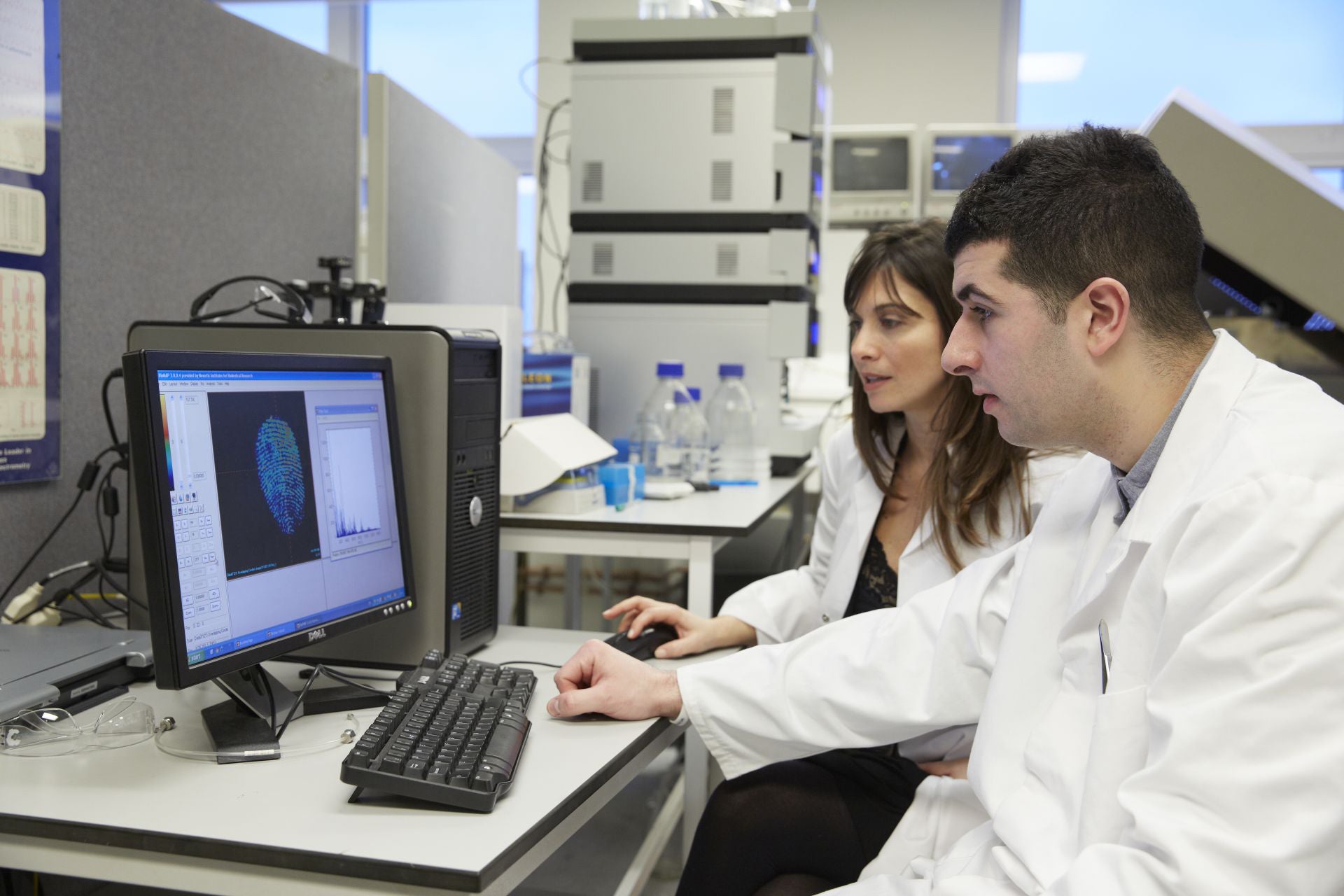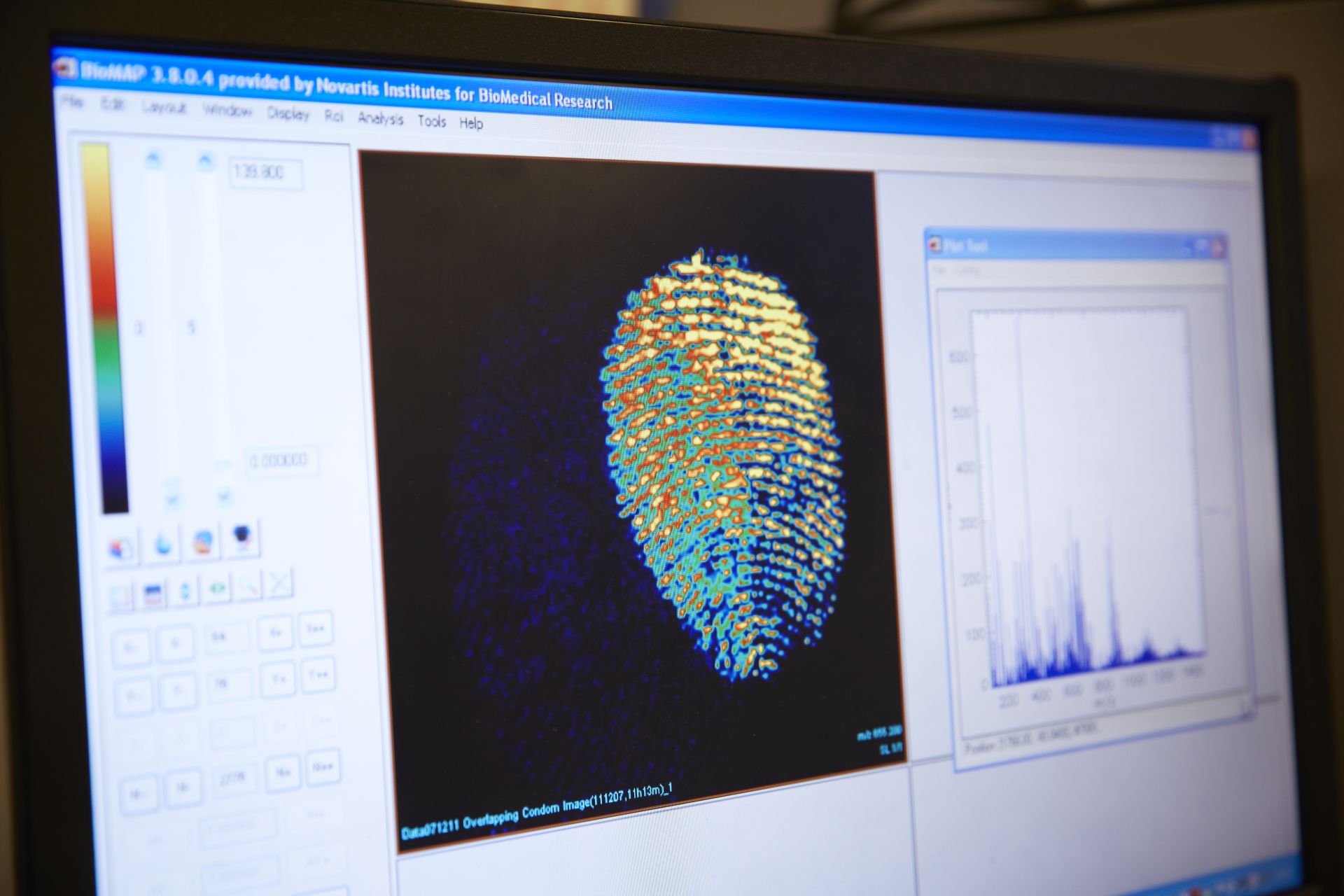How researchers are set to leave their marks on solving crime
In partnership with Sheffield Hallam University

Your support helps us to tell the story
From reproductive rights to climate change to Big Tech, The Independent is on the ground when the story is developing. Whether it's investigating the financials of Elon Musk's pro-Trump PAC or producing our latest documentary, 'The A Word', which shines a light on the American women fighting for reproductive rights, we know how important it is to parse out the facts from the messaging.
At such a critical moment in US history, we need reporters on the ground. Your donation allows us to keep sending journalists to speak to both sides of the story.
The Independent is trusted by Americans across the entire political spectrum. And unlike many other quality news outlets, we choose not to lock Americans out of our reporting and analysis with paywalls. We believe quality journalism should be available to everyone, paid for by those who can afford it.
Your support makes all the difference.University researchers have developed a new way of identifying substances in fingermarks left at crime scenes, which has the potential to be a key weapon for detectives attempting to bring criminals to justice.
The technology, which is now being trialled by West Yorkshire Police, could lead to the biggest change in forensic fingerprinting in its 100-year history.
Dr Simona Francese is a reader, researcher and chemist at Sheffield Hallam University, and she's responsible for developing the new technique.
In 2008, she had been working with matrix-assisted laser desorption/ionization (or MALDI for short), a type of mass spectrometry imaging used by doctors to diagnose diseases at a molecular level. She knew MALDI was versatile, and was looking for new ways to use it.
“I'm a chemist but I've always been interested in forensic science” she says. “I thought it would be extremely informative if we could use MALDI in forensics, so we began to test the idea of analysing fingerprints using MALDI.”
Fingerprints consist of a pattern of unique ridges and have been used for over 100 years to identify suspects. Today fingerprints are still a key way police forces solve major crimes.
Simona saw a way of applying the MALDI technology she was using at the University to bring fingerprinting into the 21st century. “As important as the ridges in the fingerprint, is what we can’t see with the eye – chemical information,” she explains. “Fingerprints are made of sweat. Sweat contains lots of molecules that give you information about the physiological state of the individual.”

The team soon discovered that the technology could help them do two things – provide crime investigators with additional – and in some cases even better – images of the print, and analyse the chemical information in the sweat to form a much more rounded profile of the suspect, including their gender, what they have been eating, and even the presence of drugs or condom lubricant.
“We could see and confirm the presence of cocaine in one case. We could see that one man had probably drunk coffee within the hour,” says Simona.
This was a major breakthrough, which attracted the interest of the Home Office, who saw huge potential in the study and provided funding for Simona's work. Now the technology is being piloted by West Yorkshire Police in their investigations.
Neil Denison of West Yorkshire Police, who is working on the project with Simona, explains “Forensic work is a vital part of policing, and this new technique shows real potential to be the next step change in terms of developing fingerprint technology for the 21st century.”
The work is attracting international attention, with the likes of the FBI beginning to look at how they can use the technique. It could be the biggest change in the way police investigate crimes around the world for more than 100 years, all thanks to the pioneering work of Simona and her team at Sheffield Hallam.
For more information: Click here
READ MORE
The fight against crime doesn't always start on the front line with police officers or members of the security services.
Read more...
Join our commenting forum
Join thought-provoking conversations, follow other Independent readers and see their replies
Comments